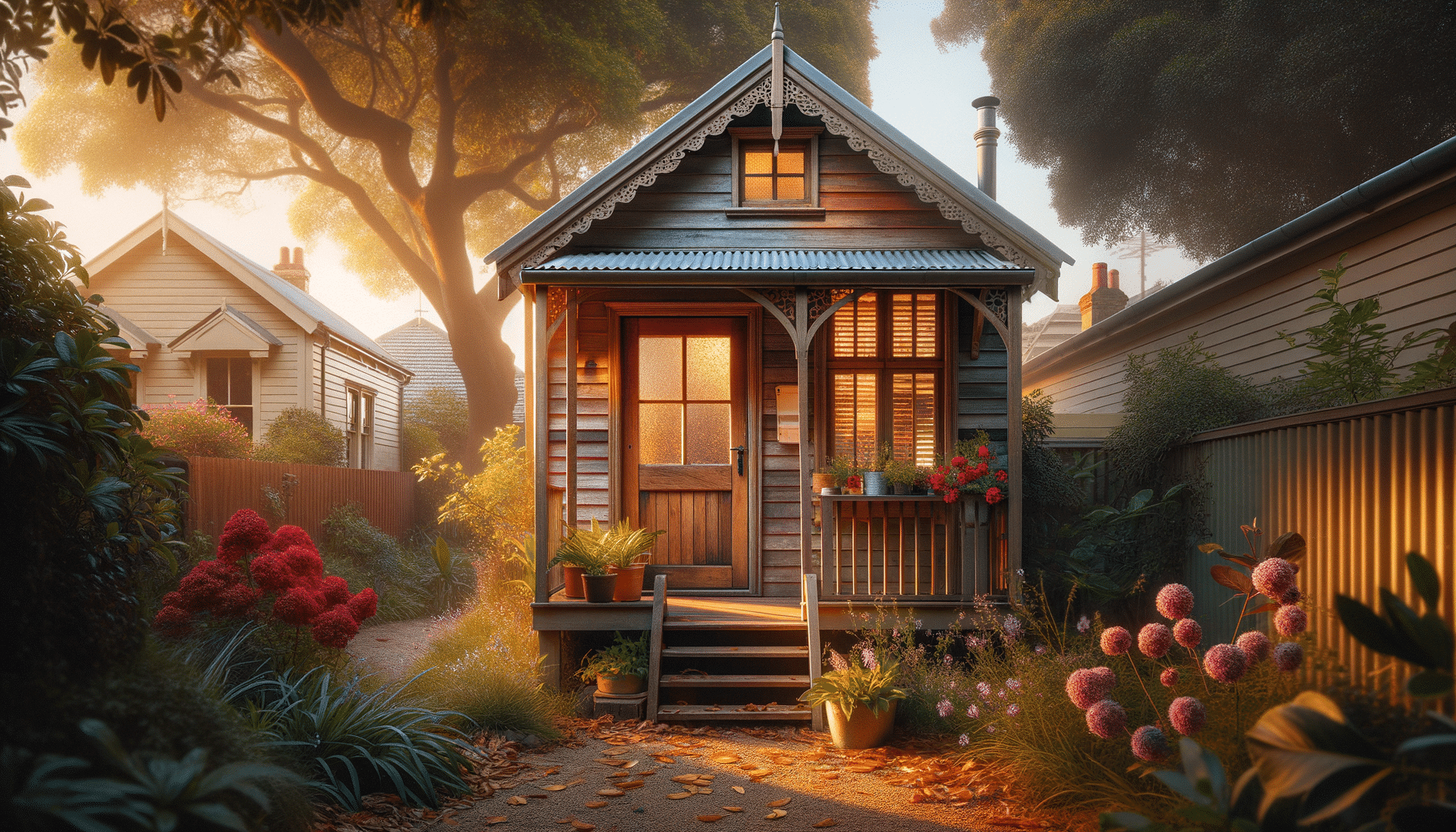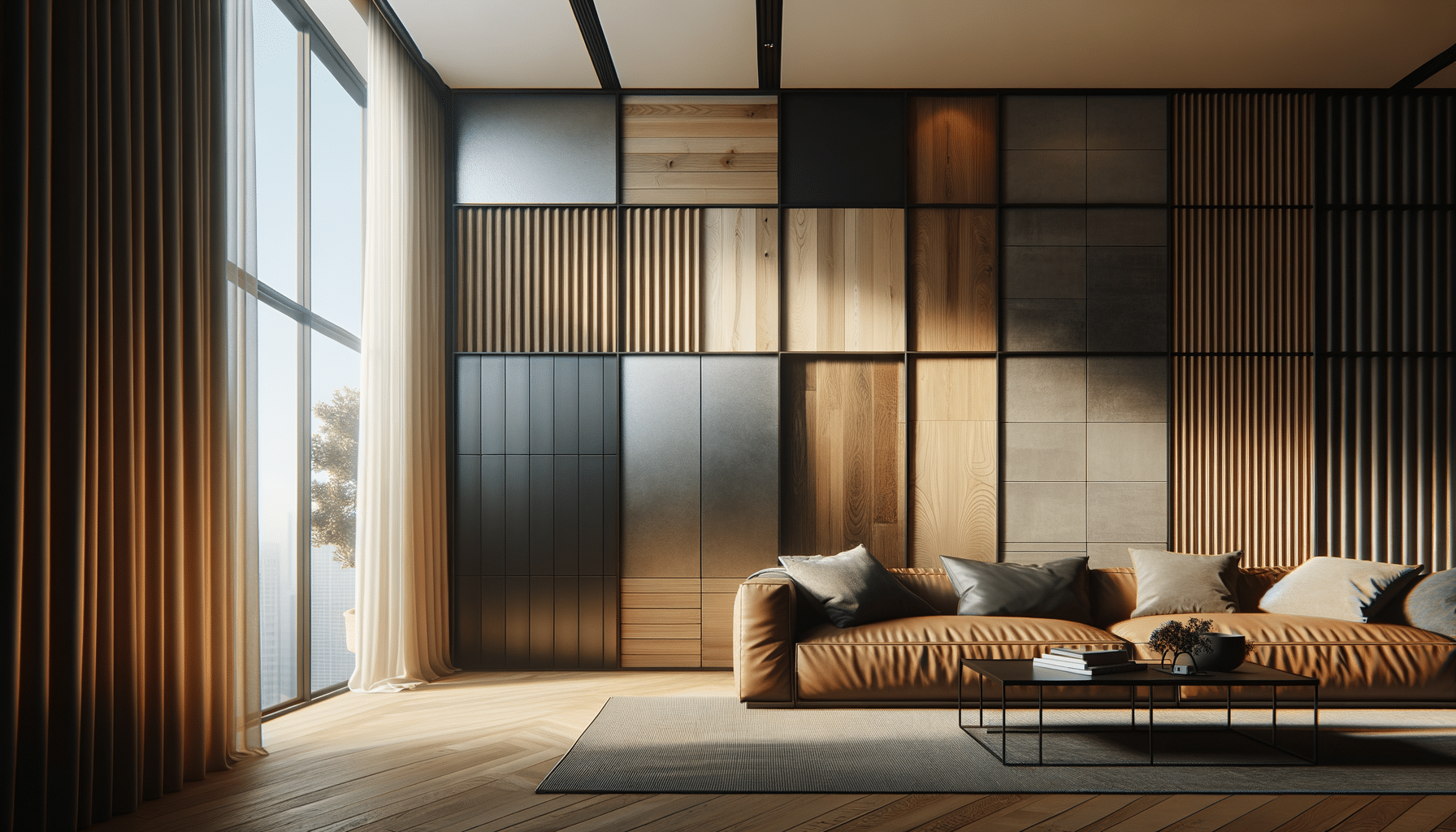
Exploring the World of Granny Flats: A Comprehensive Guide
Introduction to Granny Flats
Granny flats, also known as accessory dwelling units (ADUs), are becoming an increasingly popular addition to homes across the globe. These self-contained living spaces offer a versatile solution for homeowners looking to maximize their property’s potential. Whether for accommodating family members, generating rental income, or simply increasing the value of a property, granny flats provide a multitude of benefits. This article delves into the various aspects of granny flats, exploring their significance, design considerations, and potential impact on property dynamics.
The Benefits of Granny Flats
Granny flats offer a range of advantages that make them appealing to diverse homeowners. One of the primary benefits is the ability to accommodate multi-generational living. As families grow and change, the need for flexible living arrangements becomes more pronounced. Granny flats provide a comfortable and private space for elderly relatives, adult children, or even guests, allowing for closeness without compromising personal space.
Additionally, granny flats present an opportunity for generating additional income. By renting out these units, homeowners can supplement their income streams, making homeownership more affordable. This is especially beneficial in areas with high living costs, where rental demand remains strong. Furthermore, the presence of a granny flat can significantly increase property value, making it an attractive investment for those looking to enhance their real estate portfolio.
Moreover, granny flats contribute to efficient land use, promoting sustainable living practices. By utilizing existing property space, these units offer a practical solution to housing shortages in urban areas. They also encourage community interaction and diversity, as they often bring together people from different age groups and backgrounds.
Design Considerations for Granny Flats
When planning to build a granny flat, several design considerations come into play. The first step is understanding local zoning regulations and obtaining necessary permits. Regulations can vary significantly depending on the location, affecting aspects such as size, height, and distance from property boundaries. It is essential to consult with local authorities to ensure compliance with all requirements.
Designing a granny flat involves thoughtful planning to make the most of limited space. Key considerations include optimizing natural light, ensuring privacy, and maximizing storage. Open floor plans are often favored for their ability to create a sense of spaciousness, while strategic placement of windows and skylights can enhance natural illumination.
Material selection is another crucial aspect of granny flat design. Sustainable and energy-efficient materials not only contribute to environmental conservation but also reduce long-term maintenance costs. Options such as recycled timber, insulated panels, and low-emission paints are worth considering for an eco-friendly build.
Financial Implications and Potential ROI
The financial implications of adding a granny flat to a property are multifaceted. Initial costs include design, construction, and permitting expenses, which can vary based on the complexity and size of the unit. Despite the upfront investment, granny flats often yield substantial returns over time.
Rental income is a significant factor contributing to the return on investment (ROI) for granny flats. The demand for smaller, affordable housing options remains robust, allowing homeowners to command competitive rental rates. This additional income can offset mortgage payments, property taxes, and maintenance costs, thereby enhancing financial stability.
Furthermore, granny flats can increase the overall value of a property. A well-designed and constructed unit can make a home more attractive to potential buyers, offering flexibility and additional living space. This added value can be particularly beneficial in competitive real estate markets, where unique features can set a property apart.
Conclusion: Embracing the Potential of Granny Flats
Granny flats represent a versatile and valuable addition to any property. They address the evolving needs of families, provide financial benefits, and promote sustainable living practices. As housing demands continue to shift, embracing the potential of granny flats can offer practical solutions for homeowners looking to maximize their property’s utility and value.
The decision to add a granny flat is both a personal and financial one, requiring careful consideration of design, regulations, and market trends. For those willing to invest the time and resources, the rewards can be significant, offering enhanced living arrangements and financial stability for years to come.


